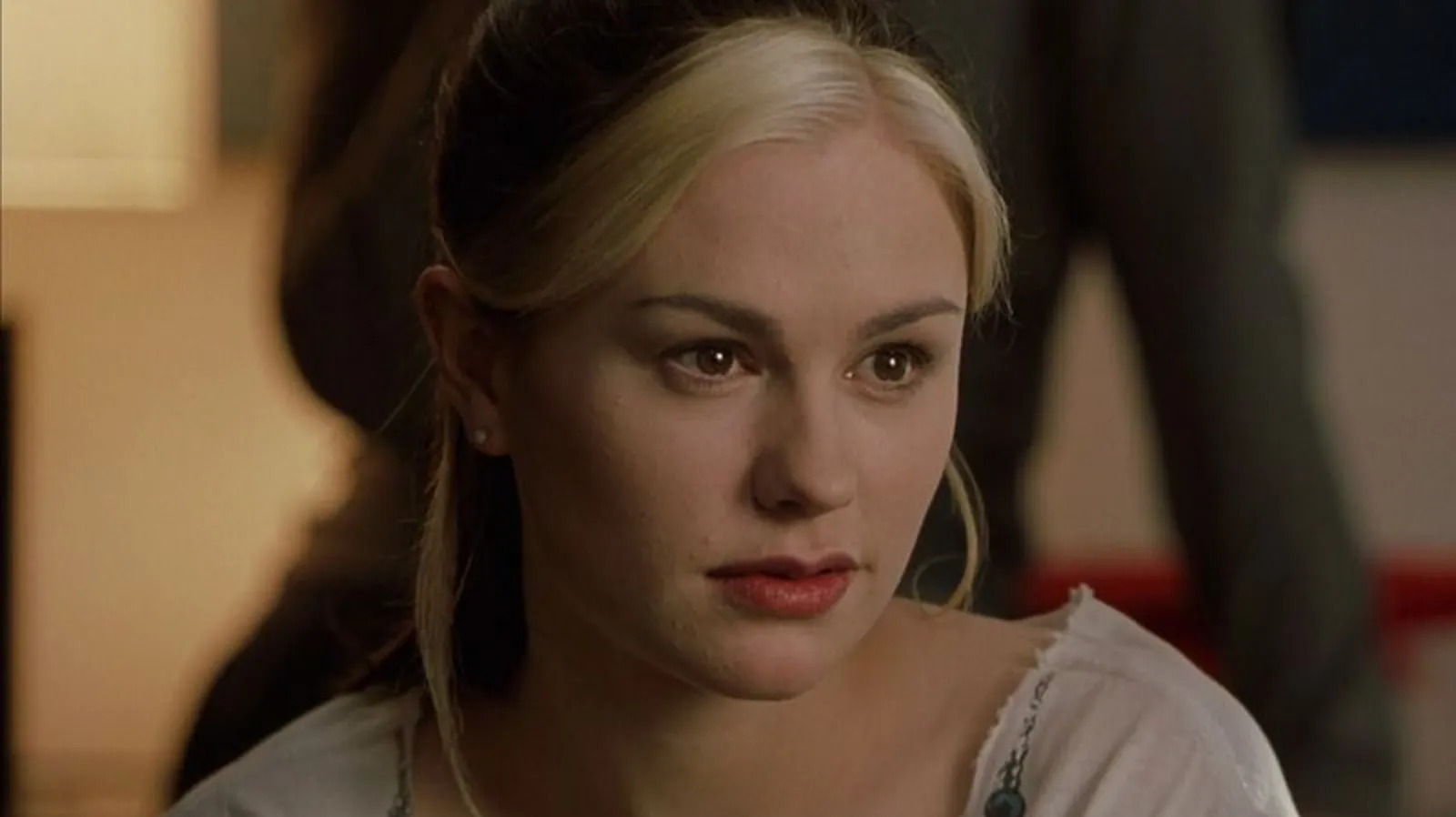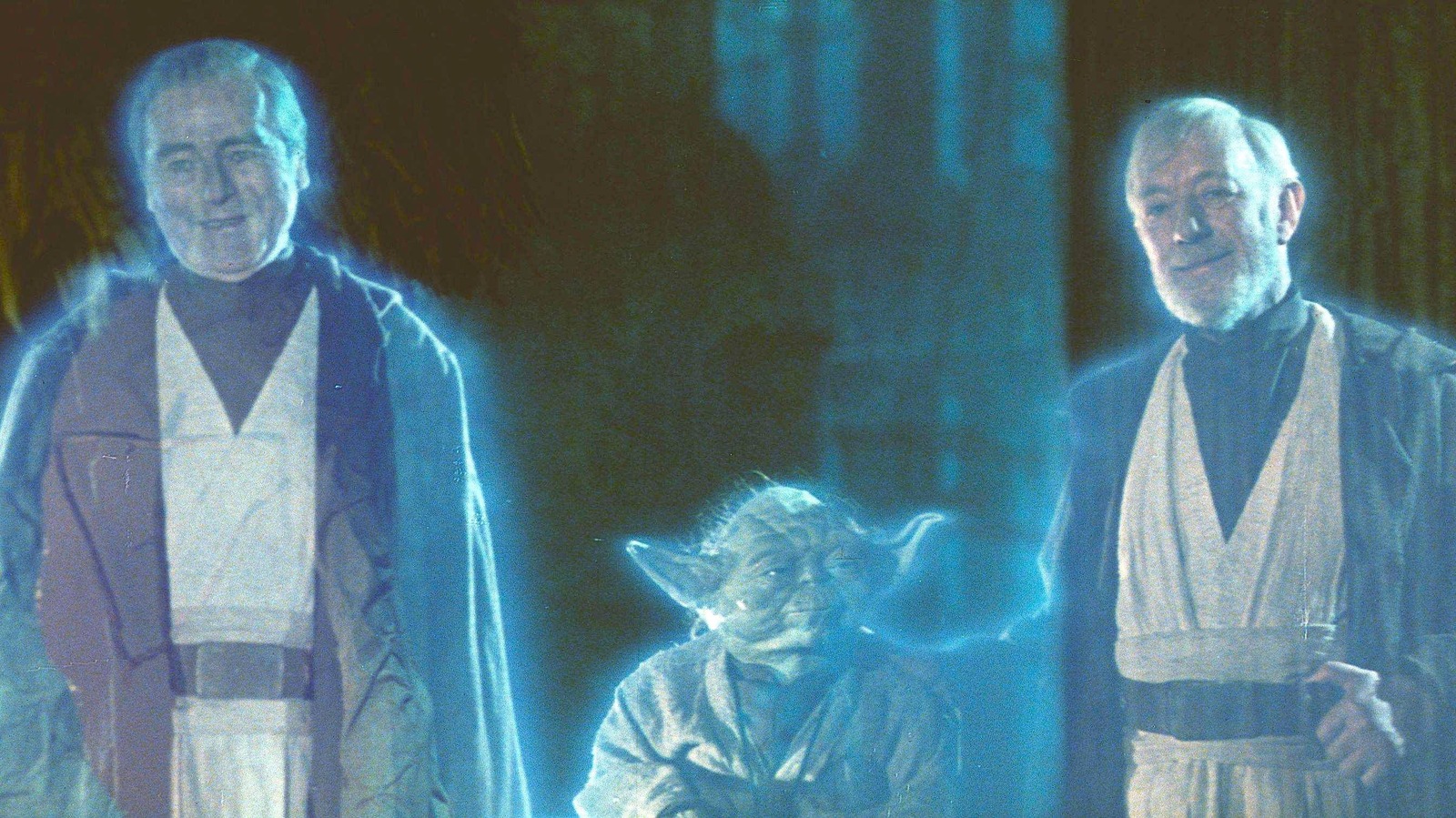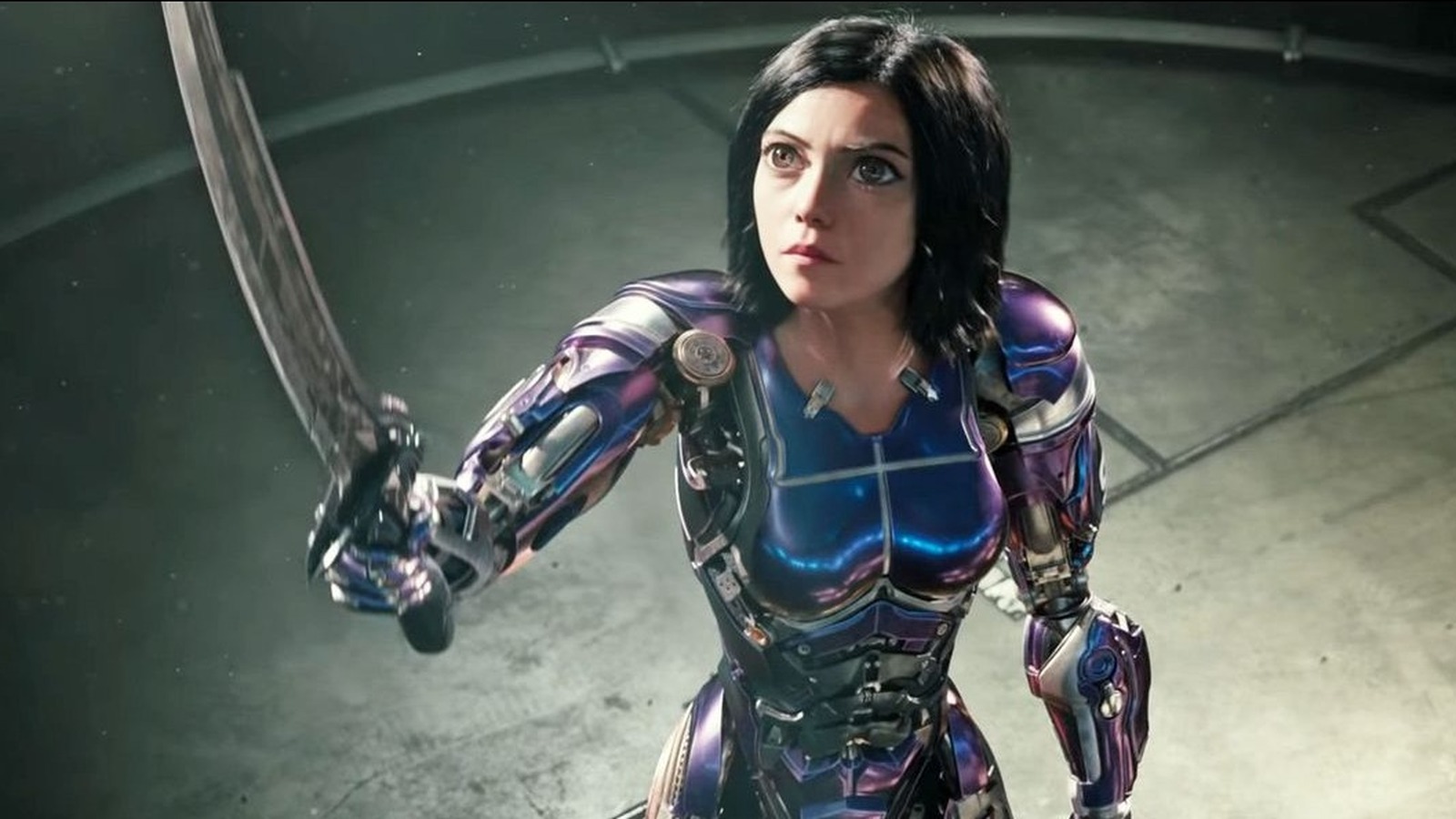

During Morrison’s tenure at Marvel in the early 2000s, their biggest book was “New X-Men,” which ushered in a new look, new characters, and new mythology for the team. To understand Morrison’s “X-Men,” you must first understand the decade that led up to it.
The X-Men were on top of the world in the early 1990s. The best-selling single-issue comic book since 1991’s relaunched “X-Men” issue #1 (co-written by Claremont and the issue’s artist Jim Lee). ever, sold 8 million copies. Wolverine equals, if not surpasses, Spider-Man as Marvel’s flagship character. The X-Men eventually getting their own animated show (the aforementioned ’92 series) was undoubtedly a result of their comic success, and the cartoon only strengthened the brand.
It goes without saying that all was well at the House of Ideas. Chris Claremont abruptly left “X-Men” in 1991 after a creative dispute with Lee and editor Bob Harras, ending his titanic 16-year run. His last credited issue (for the time) was “X-Men” #3. The X-Men were left in the hands of Lee and other new writer/artists like Rob Liefeld and Scott Lobdell.
“X-Men” became synonymous with the excesses of 1990s comics, many of which persist today (constant new issue #1, variant covers every issue, disruptive crossover events, etc.) spawning franchise spin-off after spin-off. Close (“X-Force,” “Generation X,” etc.) and the massive “Age of Apocalypse” were the focus of the crossover. With so many comics hitting the shelves, it’s no surprise that the bubble eventually burst and Marvel filed for bankruptcy in 1996. One trick they got out of that hole was to sell the “X-Men” movie rights to 20th Century Fox.





